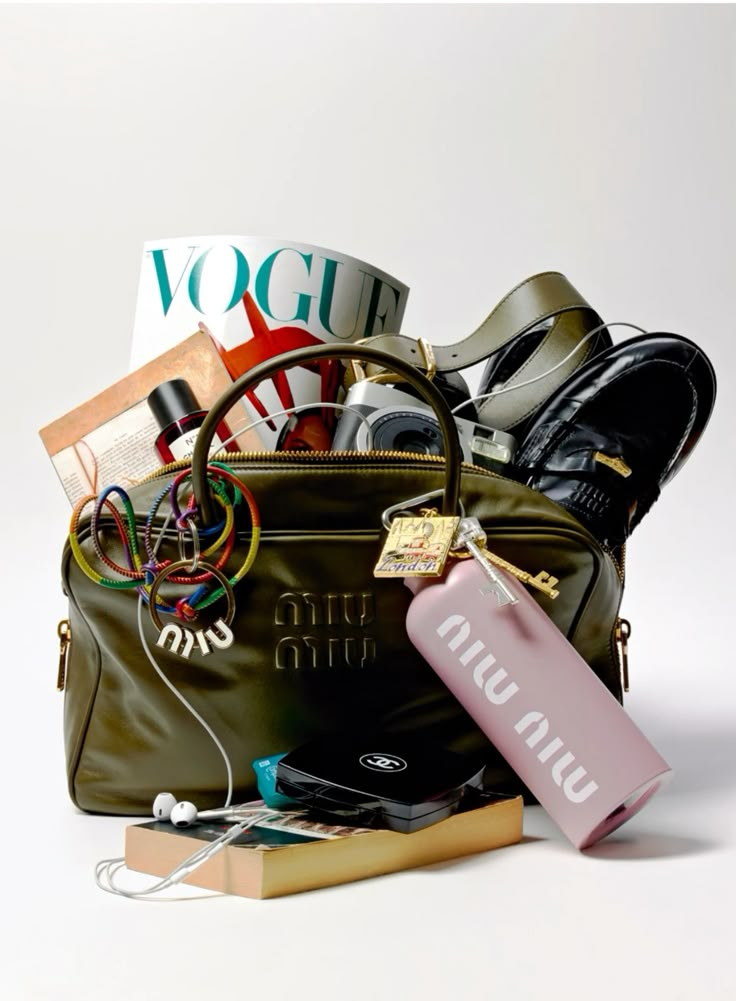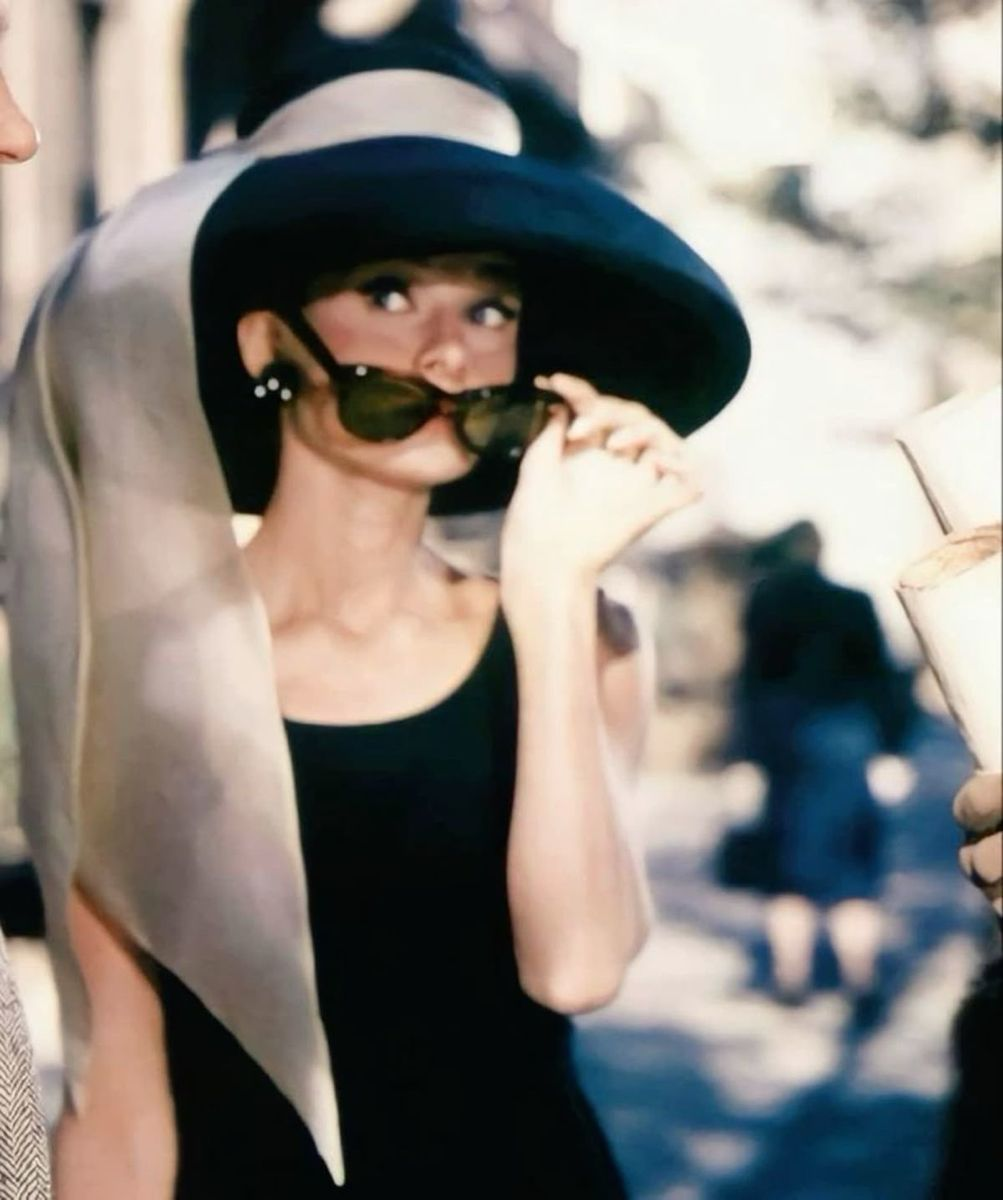More Than an Accessory: Why We Choose What We Wear
Written by Shriya Samanta
What we wear has never just been about looking good, there’s always more to our fashion than what meets the eye. Among everything we know about style, accessories reveal most clearly how a person wants to be seen. So, why does it matter so deeply how we choose to present ourselves?
Objects of Comfort
From childhood, we form emotional bonds with the objects around us, whether it’s a baby blanket, a stuffed animal or a bracelet made in third grade. These emotional bonds with objects, especially personal ones, begin in infancy. These attachments evolve as we grow, since we let go of certain items but hold onto others that carry sentimental or symbolic meaning. Psychologist Donald Winnicott once described these as transitional objects, comfort items that act as physical links to security and selfhood, small things that become extensions of who we are.
As we move into adulthood, these attachments don’t fade, they start to alter. The stuffed animal becomes a favorite scarf, the friendship bracelet becomes a locket from a loved one, the blanket becomes a lucky ring. Accessories carry that same sense of comfort, helping us express pieces of ourselves that words can’t. Every time we choose to wear a certain necklace, purse, or even a pair of sunglasses, whether we realize it or not, we’re expressing something about ourselves.
Every accessory tells a story, but that story changes depending on who’s wearing it. A pair of pearl earrings might come off as elegant to one person and a painful past to another. The same shoes can be a heartfelt gift, contain a religious affiliation, or simply be a piece that goes well with today’s outfit. The meaning is never fixed, and it’s majorly dependent on the moment and how one feels during it.
In sociology, this idea is known as symbolic interactionism — the belief that meaning is created through our interactions and interpretations of them. We have the power to give things significance by how we see them, talk about them, and respond to them. So, an accessory is never just an object: it symbolizes a glimpse into who we are and how we want to be seen.
Symbols of Connection
We are often judged based on what we choose to add to elevate our outfits. Hence, the Lady Dior one is holding, or an Hermès silk scarf another is wearing is a way to tell others something about who we are, or who we hope to be seen as. Conspicuous consumption has always been a part of fashion: the act of using objects to display wealth, taste, or status.
Although showing off brands has always been a straightforward way of displaying one's standing, nowadays it's not just about showing off, it's more about signaling individuality, personality and intention. The aim is subtle recognition, not just of what one wears, but of the thought, taste, and discernment behind it. Our culture focuses everything on first impressions, so knowing what to and how to build on has become increasingly prevalent.
Our styling choices tie us to something greater than ourselves and we seldom realize it. Social identity theory explains that we define part of who we are through the groups we belong to, and fashion has always been one of the most visible ways we express that connection. Shared style choices often speak of belonging, such as wearing a bindi, using a fa zan to hold up your hair, or having a statement necklace on can indicate that one is proud of their culture. These choices are rarely random; they let us decide where we belong in the social world. Through the small details we add each day, we open new doors to self-expression.
The items that begin as a sense of comfort becomes an expression, and this expression grants connection. The things we choose to add to our looks grow with us, indicating not just style but who we are as a person. Every time we make a choice to wear something, there is always a reason, even if you think there is not.
Edited by Galilea Matus, Ruby Her, Sophie Radbill, Molly Bloomfield
Sources
Litt, Carole J. “Theories of Transitional Object Attachment: An Overview.” International Journal of Behavioral Development, vol. 9, no. 3, Sept. 1986, pp. 383–399, journals.sagepub.com/doi/abs/10.1177/016502548600900308, https://doi.org/10.1177/016502548600900308.
Carter, Michael J, and Celene Fuller. “Symbols, Meaning, and Action: The Past, Present, and Future of Symbolic Interactionism.” Current Sociology, vol. 64, no. 6, 9 July 2016, pp. 931–961, journals.sagepub.com/doi/10.1177/0011392116638396, https://doi.org/10.1177/0011392116638396.
Zimmer, Scott. “Veblen’s Theory of Conspicuous Consumption | EBSCO.” EBSCO Information Services, Inc. | Www.ebsco.com, 2021, www.ebsco.com/research-starters/political-science/veblens-theory-conspicuous-consumption.
McLeod, Saul. “Social Identity Theory in Psychology.” Simply Psychology, 5 Oct. 2023, www.simplypsychology.org/social-identity-theory.html.




